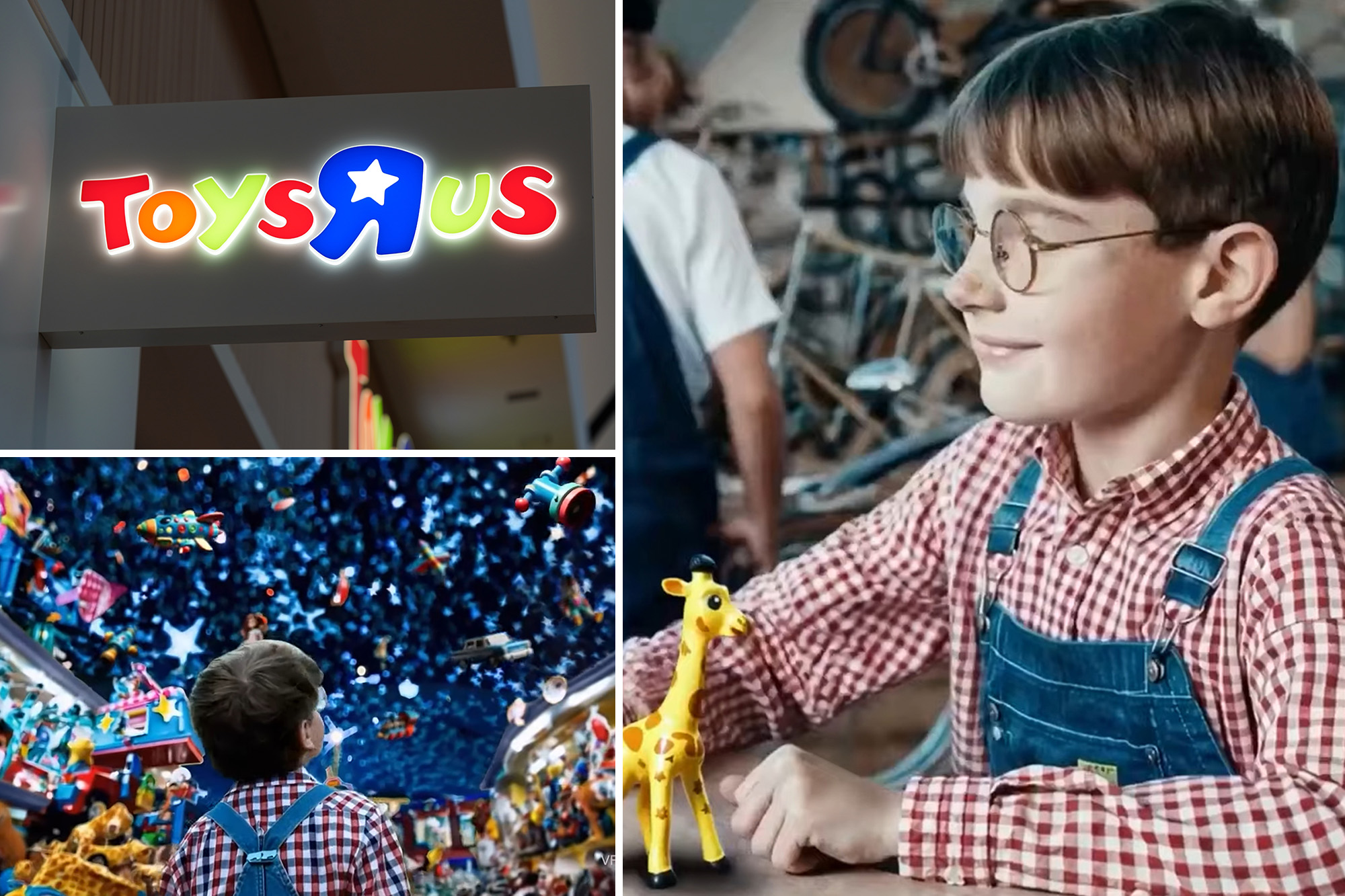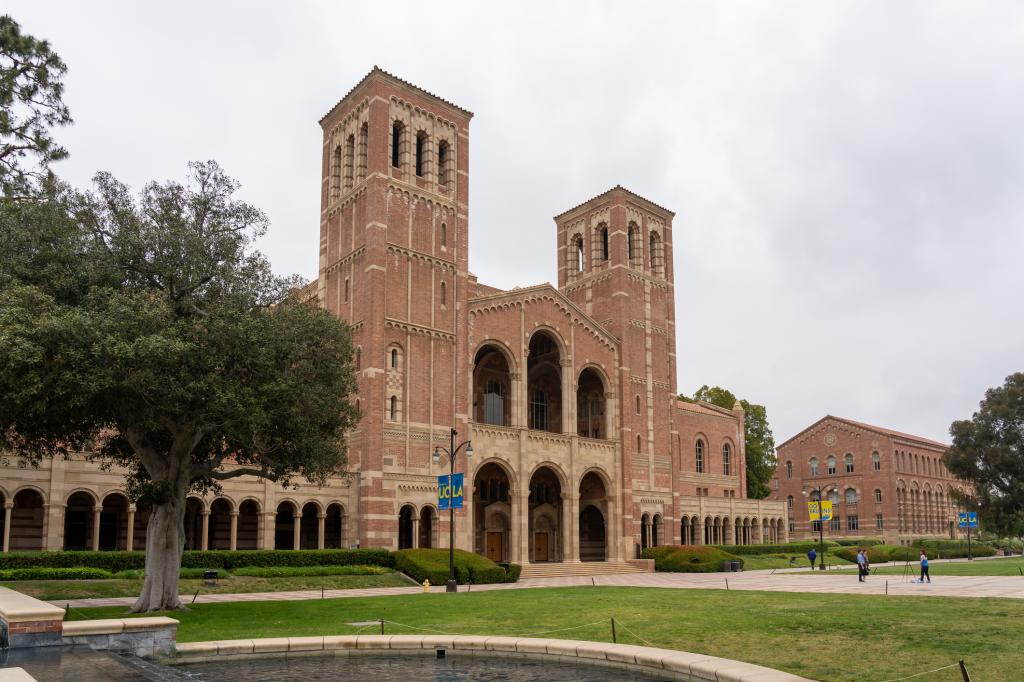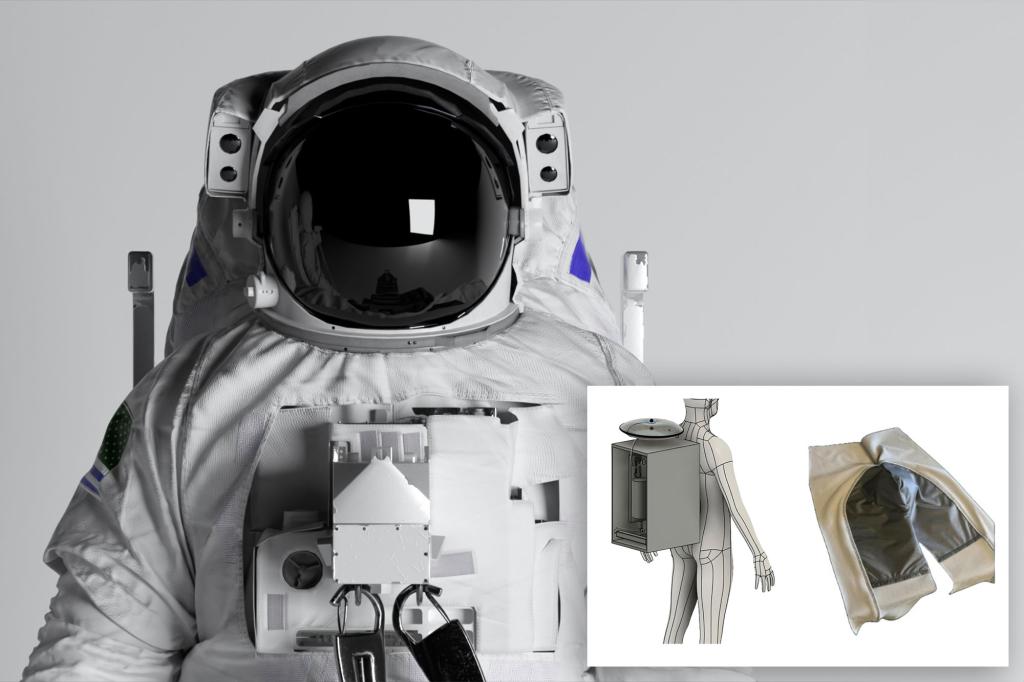
Remember the days when you walked into a Toys “R” Us store? The endless aisles of toys, the excitement of seeing the latest must-have item and the towering presence of Geoffrey the Giraffe?
Well, the iconic toy retailer is back, and it’s not just reopening stores. It’s embracing the latest artificial intelligence technology to tell its origin story in a way that’s as innovative as it is nostalgic.
The Power of AI: Introducing Sora
In a move that’s turning heads in the marketing and tech worlds, Toys “R” Us has partnered with creative agency Native Foreign to create a groundbreaking brand film. But this is not your average promotional video. It was created using OpenAI’s Sora, a text-to-video AI tool that’s pushing the boundaries of what’s possible in content creation.
Sora is a technological innovation capable of generating videos of up to one minute with realistic scenes and multiple characters, all from text instructions. It’s like having an entire movie studio at your fingertips, ready to bring your craziest ideas to life with just a few well-chosen words.
The story of Toys ‘R’ Us founder Charles Lazarus
The 66-second promo takes us on a journey back to the 1930s, following young Charles Lazarus, the visionary founder of Toys “R” Us. We are transported to an old-timey bike shop, where we see Lazar dreaming of transforming the toy industry. As he drifts off to sleep, the video seamlessly transitions into a magical dreamscape filled with toys of all shapes and sizes, led by beloved mascot, Jeffrey the Giraffe.
It’s a clever narrative device that not only tells the origin story of Toys “R” Us, but also captures the wonder and childlike imagination that the brand has always represented. Combining historical elements with fantastical imagery, the video manages to appeal to both nostalgic adults and wide-eyed children.
AI generated movie creation
Making this film was no easy task, despite Sora’s advanced skills. The team at Native Foreign, led by chief creative officer Nik Kleverov, wrote long and detailed prompts for each scene. They had to carefully balance historical accuracy with modern appeal, ensuring that the early scenes captured the essence of the 1920s and 1930s, while the later dreamscape sequences felt contemporary enough to resonate with today’s young audiences.
This meticulous attention to detail highlights an important point: while AI tools like Sora are incredibly powerful, they still require skilled human guidance to produce truly compelling content. The technology may be new, but the art of storytelling remains a fundamentally human endeavor.
The rebirth of a toy retail giant
This innovative video project is more than just a technology showcase; is part of a broader turnaround plan for Toys “R” Us. After filing for bankruptcy in 2018 and closing its stores, many thought the beloved brand was gone forever. But in 2021, Toys “R” Us was acquired by WHP Global, a firm specializing in the management and expansion of retail companies.
Now, Toys “R” Us is making a comeback that’s as much about reimagining the brand for the 21st century as it is about rekindling nostalgia. They have opened new flagship stores in high-profile locations such as the Center of America in Minnesota and the American Dream Mall in New Jersey. Perhaps most importantly, they have partnered with Macy’s to open Toys “R” Us sections in every Macy’s location across the United States.
This multi-pronged approach – combining innovative marketing, strategic partnerships and a carefully curated retail presence – demonstrates the brand’s commitment to remaining relevant in an ever-changing retail landscape.
Mixed reactions to AI-generated Toys ‘R’ Us movie
Like any other technology, the AI-generated film has evoked mixed reactions on social networks. Some viewers have praised it as an innovative and creative way to tell stories that would be difficult or impossible to capture through traditional filmmaking methods. They see it as an exciting look into the future of content creation, where imagination is the only limit.
Others, however, have expressed reservations. Some found the AI-generated characters “boring,” falling into the infamous “uncanny valley,” where digital renderings of humans are close to realistic but just enough to be unsettling. Others noted inconsistencies in AI-generated images, highlighting the technology’s current limitations.
These mixed reactions underscore the ongoing challenges and opportunities in AI-generated content. As technology continues to evolve, it will be fascinating to see how creators tackle these issues and improve their techniques.
The wider implications: AI in marketing and beyond
The AI-generated Toys “R” Us brand film represents more than just a single company’s marketing strategy: It’s an important milestone in the evolving landscape of content creation and brand storytelling.
As AI tools like Sora become more sophisticated and widely available, we’re likely to see an increase in AI-generated content across industries. This can democratize content creation, allowing smaller brands and creators to produce high-quality visual content at a fraction of the traditional cost.
However, it also raises important questions about the future of the creative industries. Will AI-generated content supplement or replace human-generated work? How will we navigate copyright and intellectual property issues in an age where any image or scene can be created from a text message? And how will audience expectations and perceptions of visual media evolve as AI-generated content becomes more mainstream?
Kurt’s main relationships
The AI-generated Toys “R” Us brand film represents a bold step into a new marketing frontier, where the lines between human creativity and artificial intelligence are increasingly blurred. As we move forward, it will be fascinating to see how brands balance the efficiency and innovation of AI with the human touch that connects with audiences on an emotional level. The most successful campaigns are likely to be those that use AI as a tool to augment and amplify human creativity, rather than replace it entirely.
One thing’s for sure, whether you’re excited or skeptical about AI in marketing, this project has certainly got people talking. And for a brand looking to recapture the public imagination after a period of uncertainty, this may be the most valuable result of all.
What do you think of AI-generated content like this Toys “R” Us video? Do you embrace it or have reservations about its impact on the creative industries? Tell us in the comments below. Let us know by writing to us at Cyberguy.com/Contact.
For more of my tech tips and security alerts, subscribe to my free CyberGuy Report newsletter by going to Cyberguy.com/Newsletter.
#Toys #AIgenerated #sparks #awe #fascination
Image Source : nypost.com


